The Federal Aviation Administration (FAA) has decided to ground Boeing’s 737 Max 9 planes after a disaster on a recent flight.
During a January 5th Alaska Airlines flight out of Portland, Oregon, a plug door, or self-sealing door, and its surrounding wall detached at 16,000 feet.
FAA’s Response to Alaska Airlines Incident
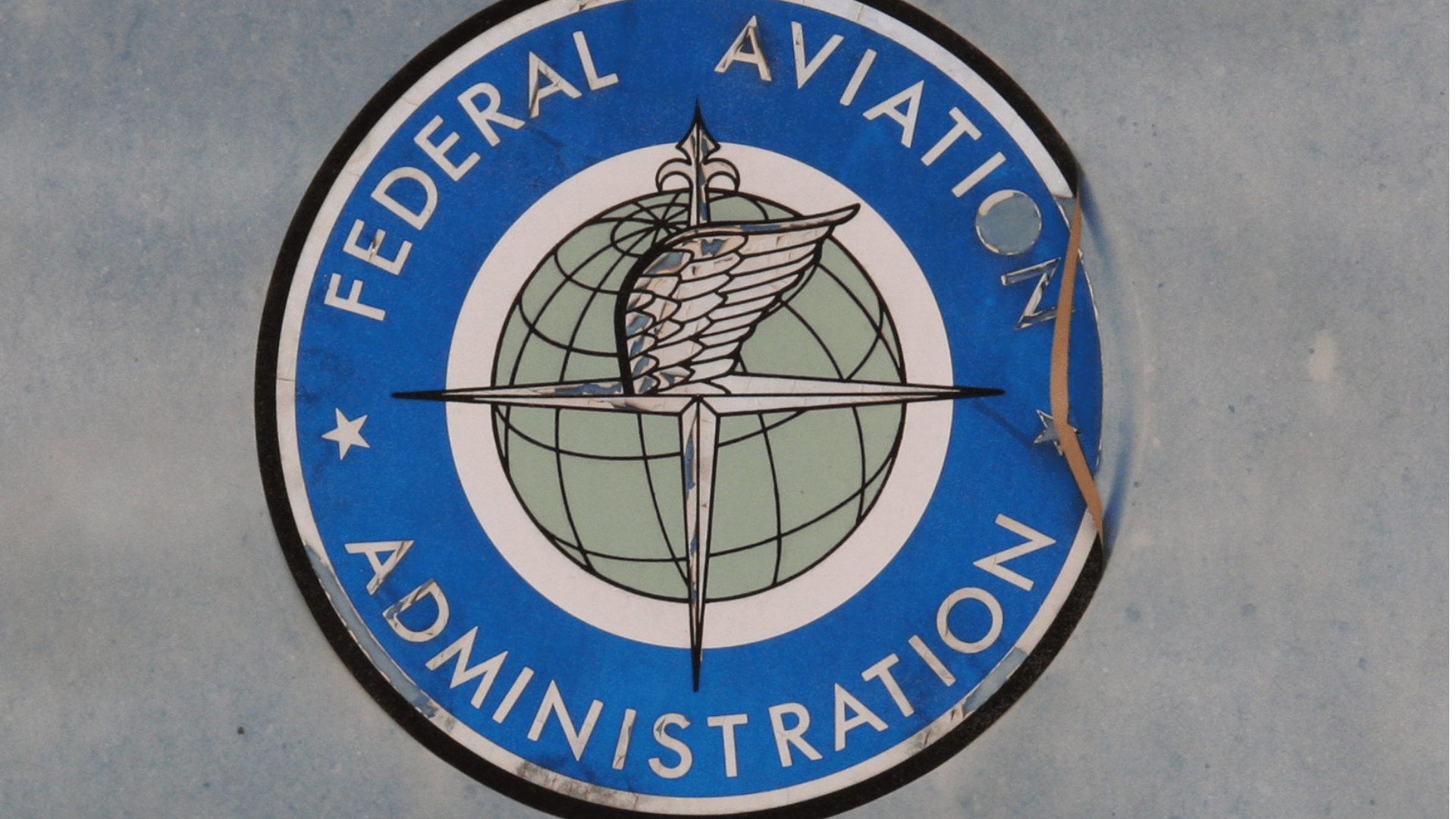
The FAA has decided to issue an immediate grounding of all Boeing 737 Max 9s currently operating in U.S. territory. This accounts for 171 of the 218 Max 9 airplanes in operation throughout the world.
These planes will require detailed safety inspections before any of them can be deemed ready for flight. FAA Administrator Mike Whitaker has stated that safety is the top priority, and that it “ will continue to drive [the FAA’s] decision-making.”
What Is a Plug Door, and How Does it Work?
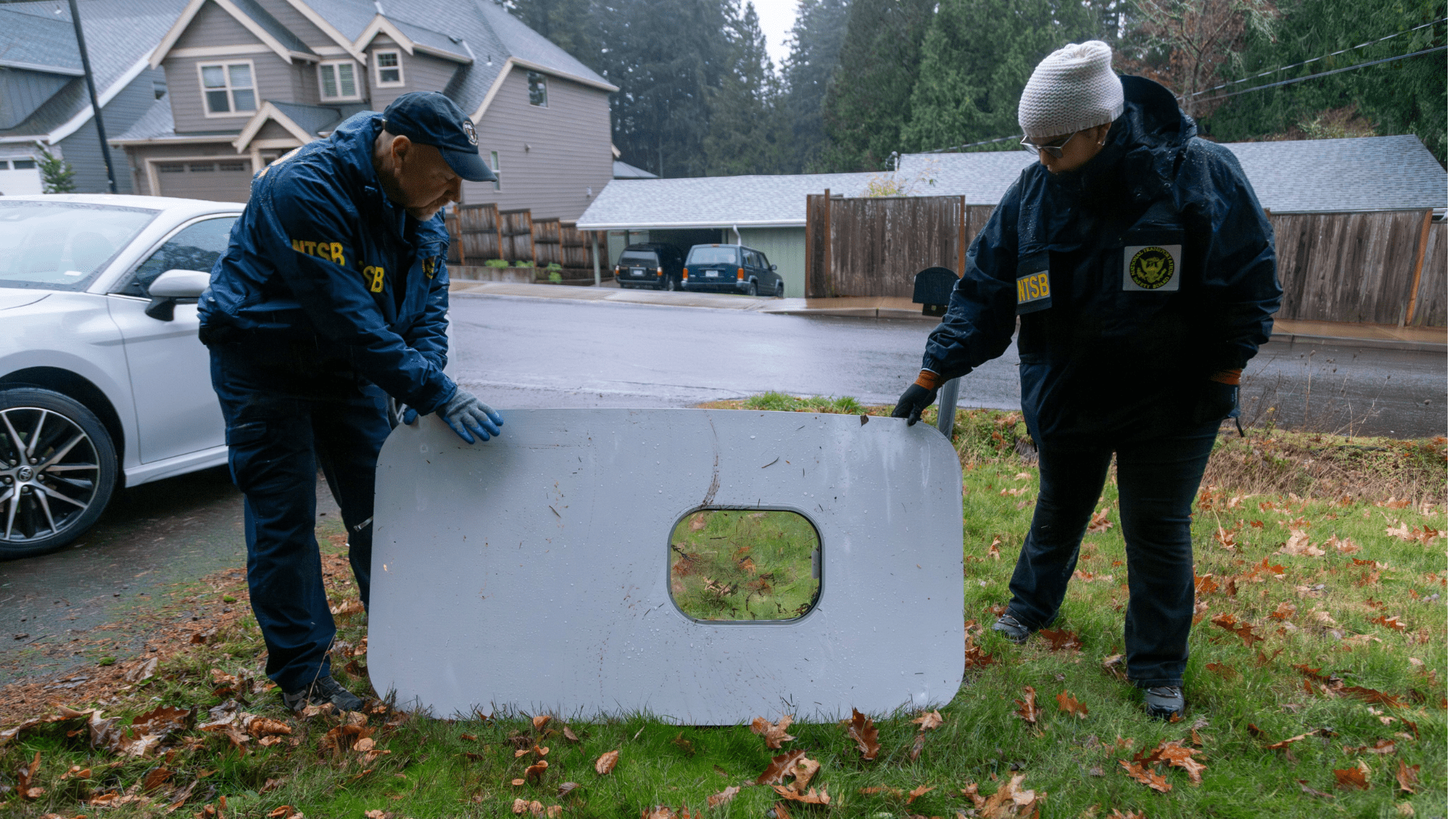
A plug door is used on pressurized airplanes, mostly for emergency exits, though sometimes for smaller passenger doors.
A plug door “self seals” in response to changes in pressure on either side of the door. As airplanes rise in the sky, the air around them becomes less and less dense. Since airplanes have pressurized cabins, this creates differential pressure and forces the plug door to seal.
What Happened on Alaska Airlines Flight AS-1282?

At this point in the investigation, no one is completely certain how the plug door and its walling detached.
National Transportation Safety Board Chair Jennifer Homendy stated recently that they will be closely inspecting how the door was fastened, specifically the door’s fittings and a few other additional related components.
A Case of Explosive Decompression
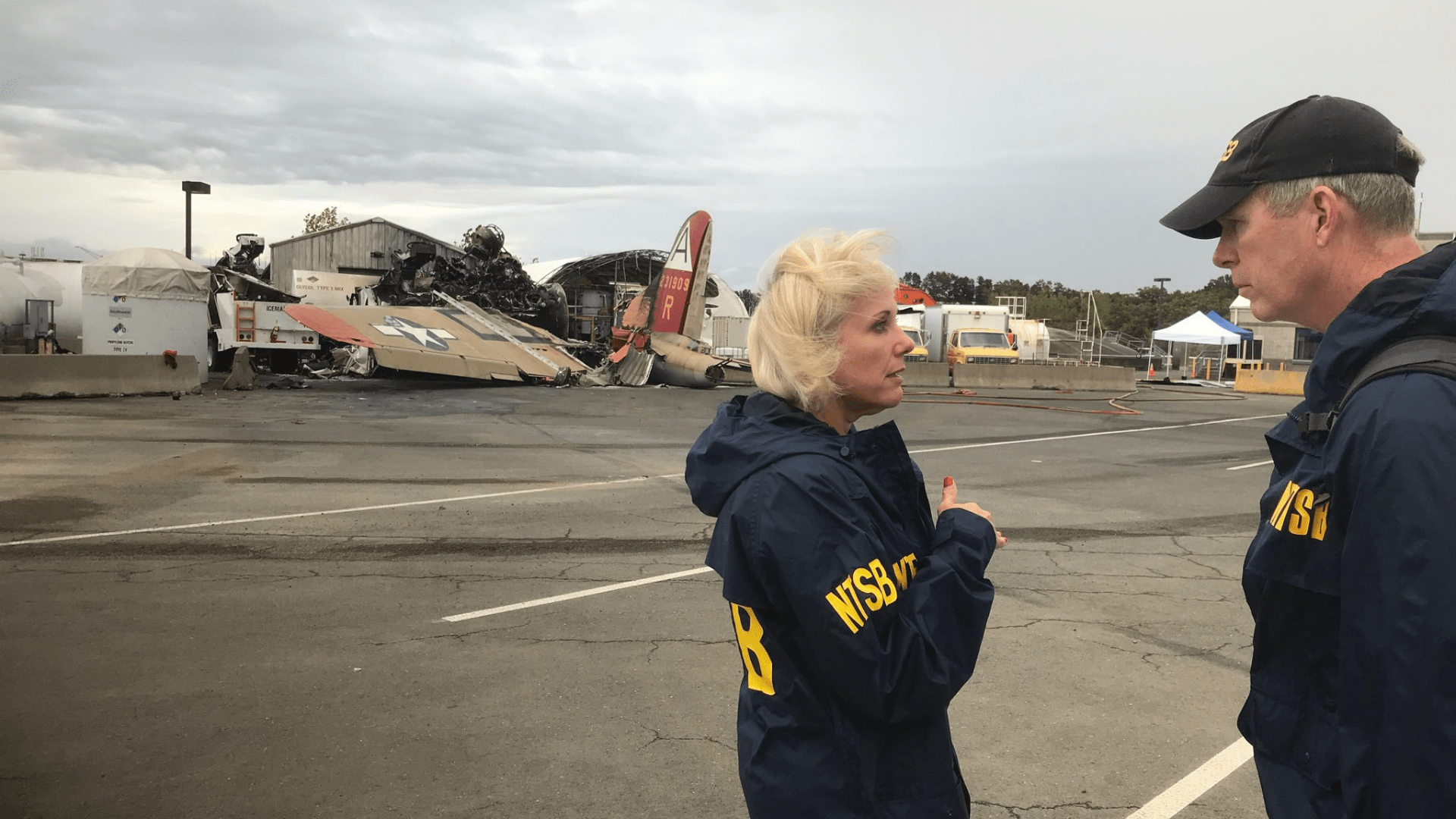
This type of incident is referred to as “explosive decompression.” In layman’s terms, this means that an incredibly rapid loss of pressure from a sealed body occurred.
On the flight in question, Homendy explained that the “cockpit door flew open, hit the lavatory door, and that lavatory door got stuck.” Pieces of seat also flew out of the plane during the ordeal.
Boeing’s Response to the FAA
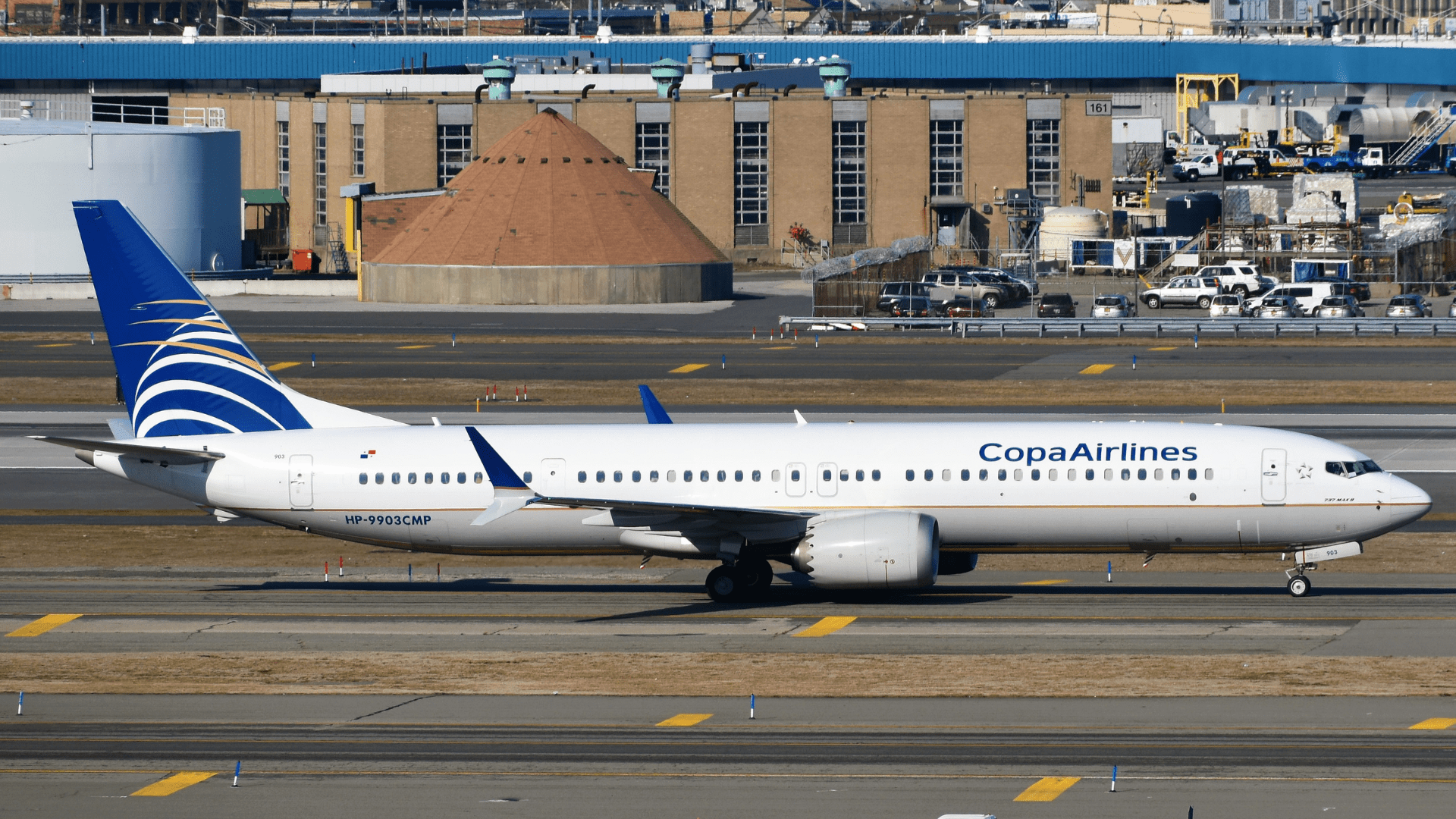
Boeing has responded congenitally to the FAA’s decision to ground the 171 Max 9s. They agree wholeheartedly with the FAA that safety is a top priority for their customers and airplane passengers.
In a recent statement, Boeing said that they “fully support the FAA’s decision to require immediate inspections of 737-9 airplanes with the same configuration as the affected airplane.”
How Many People Were Injured?

Luckily, no one aboard the flight was seriously injured during the incident. The airplane was able to successfully turn back midflight and land in Portland safely.
This was a stroke of fortune amid disaster. The decision to ground the planes stems largely from the fact that in similar scenarios, there could easily be serious injury to crew and passengers, and even a complete loss of control over the airplane could occur.
Alaska Airlines’ Temporarily Suspended Aircraft
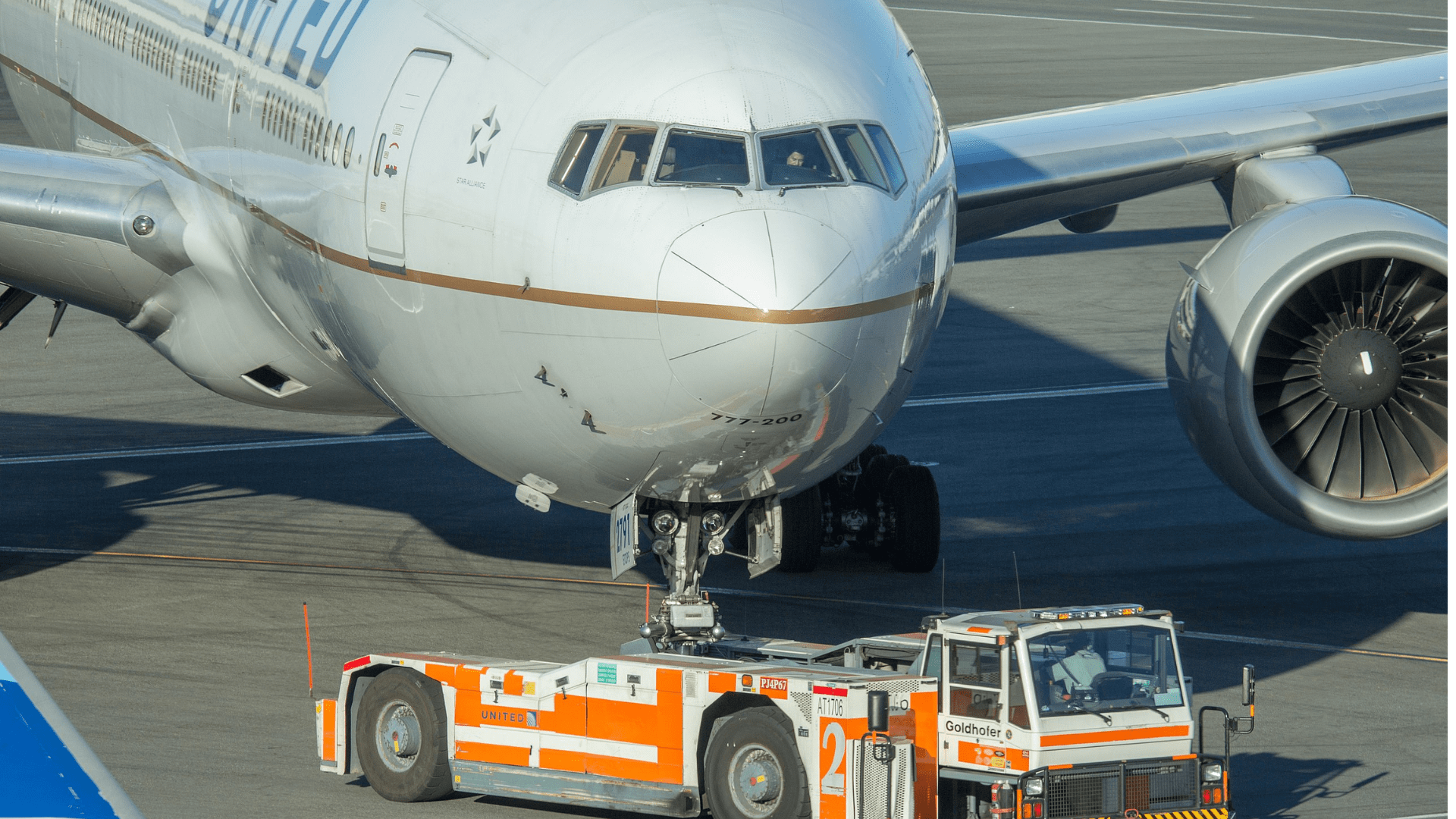
Alaska Airlines has temporarily ceased flights on all 65 of its Max 9 aircraft for thorough maintenance and inspection procedures. So far, 18 of the aircraft have been found to be without defect and cleared to return to the skies.
United has likewise suspended flights on their Max 9s, leading to upwards of 60 cancellations. Even Panama-based Copa Airlines has agreed with the FAA’s directive and suspending flights on their Max 9s.
20 Minutes in the Sky and Boom!
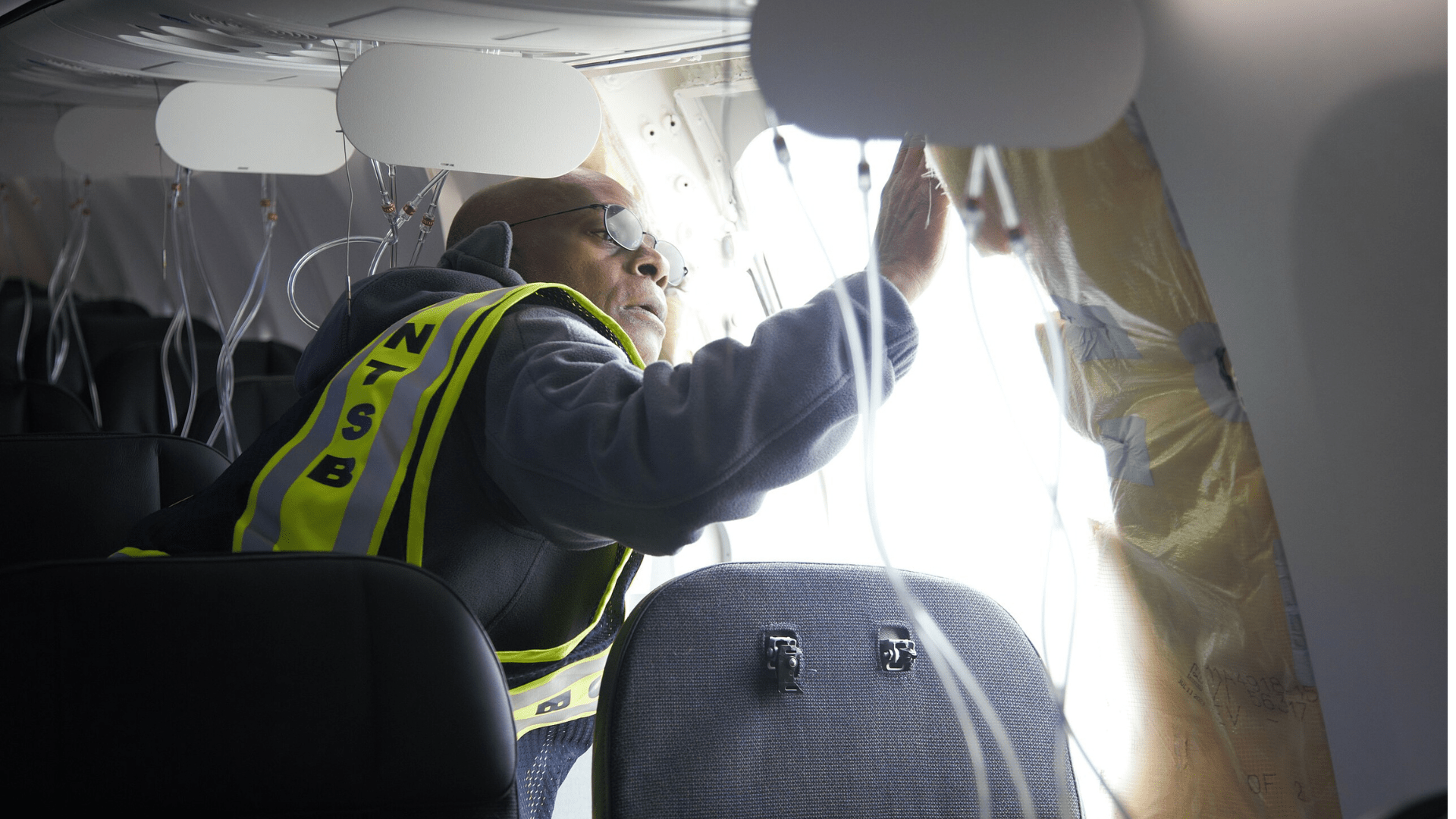
Alaska Airlines flight AS-1282 was only in the air for 20 minutes when passengers heard a massive “boom” and the oxygen masks popped down from overhead.
One passenger stated in a phone interview with an NBC affiliate that she “looked to [her] left, and there’s just this huge gaping hole, on the left side where the window is.” Everyone aboard the flight reportedly remained calm throughout the incident, even though the sound of the wind outside was overpowering.
Explosive Decompression on Aloha Airlines Flight 243
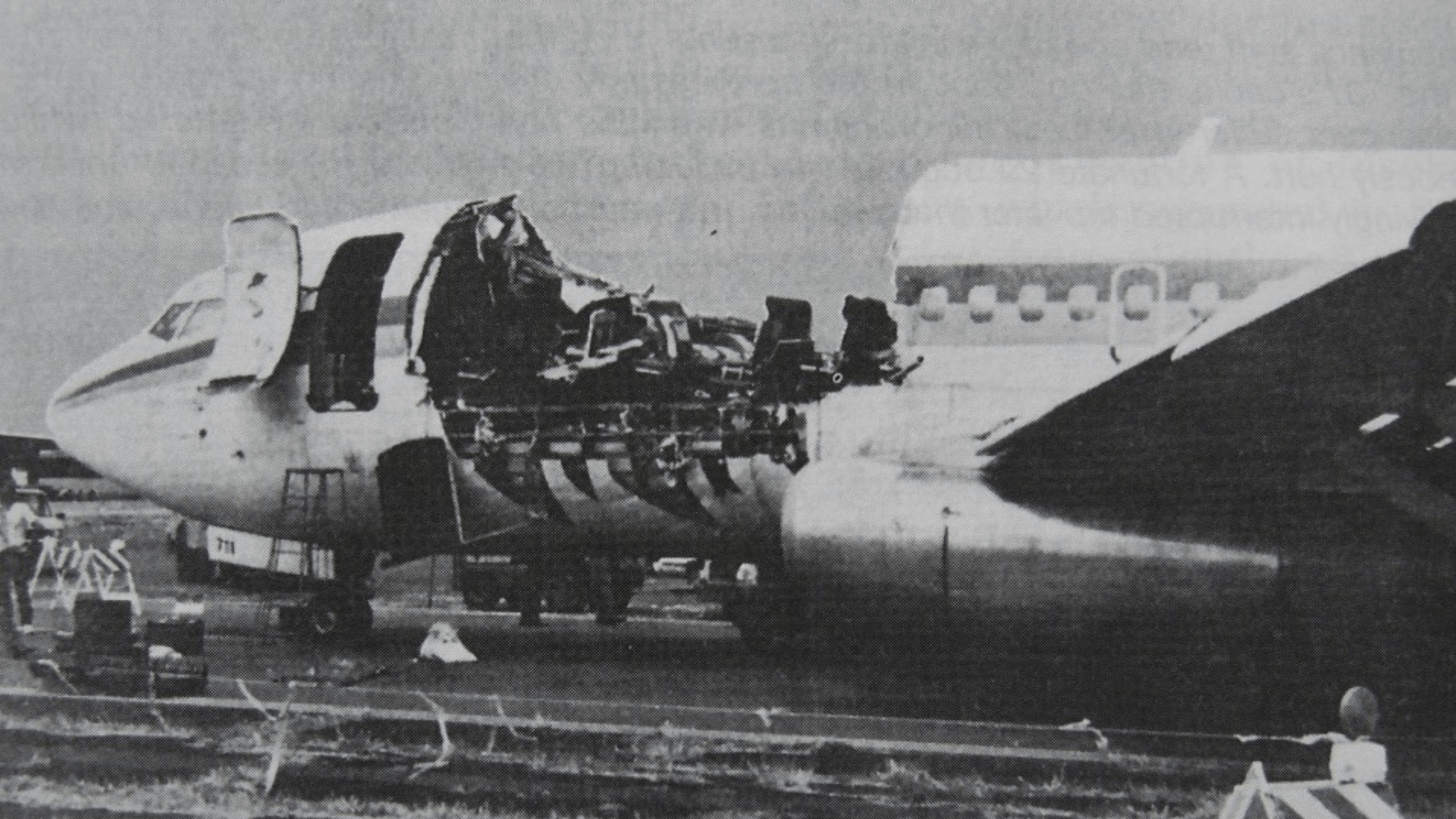
In April 1988, an Aloha Airlines flight bound for Honolulu experienced explosive decompression at 24,000 feet. It ripped the passenger cabin roof completely off the airplane. The passengers were only held inside aircraft by their seatbelts, as heavy winds lashed about them in a frenzy.
Clarabelle Lansing, a stewardess, was sucked out of the plane and her body was never recovered. Thankfully, no one else died or was injured, as the plane landed in Maui.
Explosive Decompression on American Airlines Flight 96

In June 1972, an American Airlines flight over Windsor, Ontario suffered explosive decompression. The cabin floor collapsed after the cargo door blew off. Wiring and control cables beneath the cabin floor were heavily damaged.
A stewardess on the flight narrowly escaped being sucked out by locking herself into a nearby lavatory. Luckily, the flight landed without any casualties. It was later found that the cargo door had come off due to a design flaw–a problem that the plane’s manufacturer was aware of and was working to fix at the time.
When Will the Max 9s Be Back in the Air?
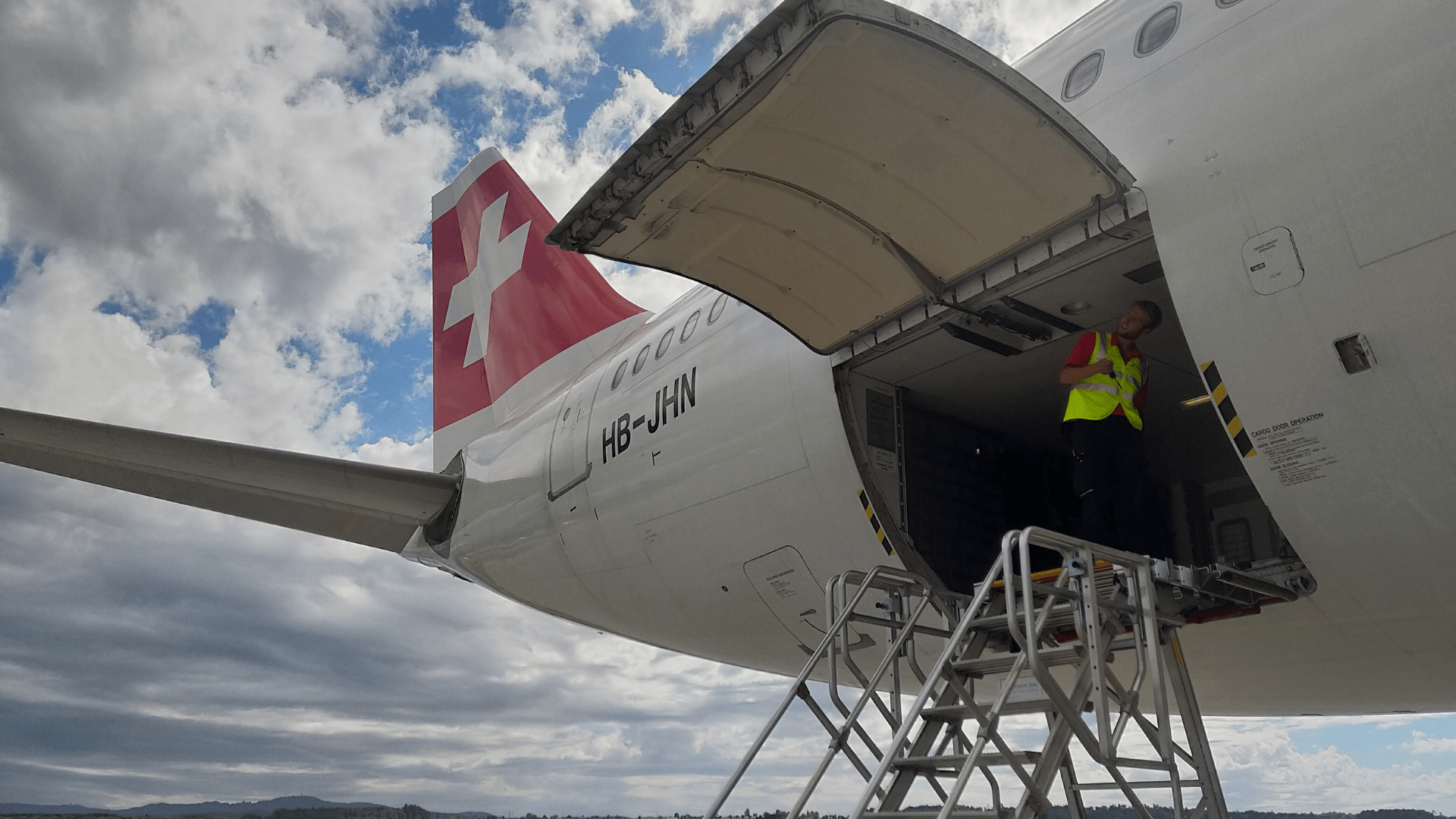
At this point it is uncertain when all of the Max 9s will be back in operation. Although 18 of Alaska Airlines’ planes have been cleared to return to the sky, there are still complications that may arise for many of the other planes.
Most industry analysts believe the planes will be back in the air within 2 weeks’ time. But analyst Bob Mann warns that “maintenance is like…you go in there looking for one thing and you find three things.” Hopefully the fix will be quick enough.
